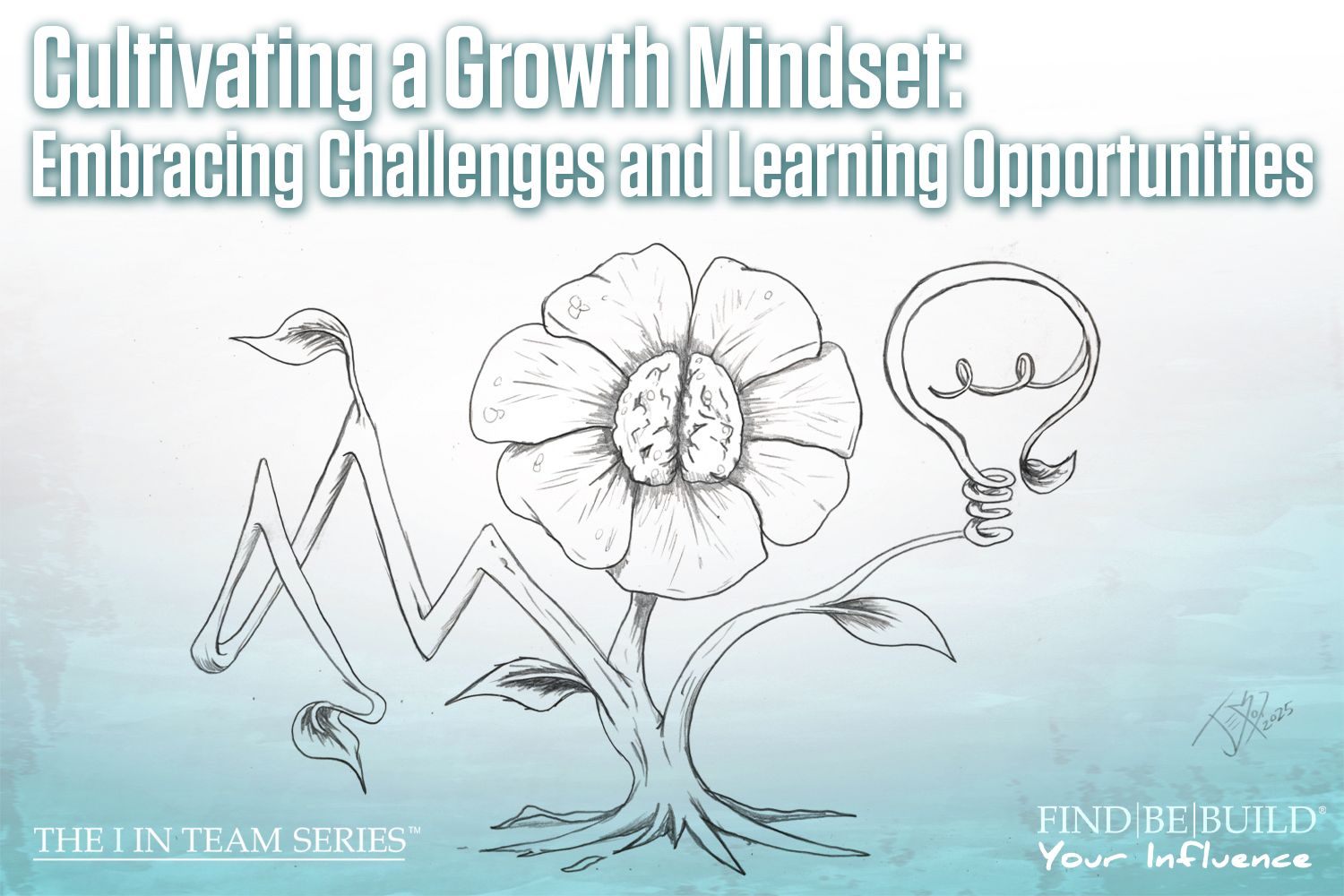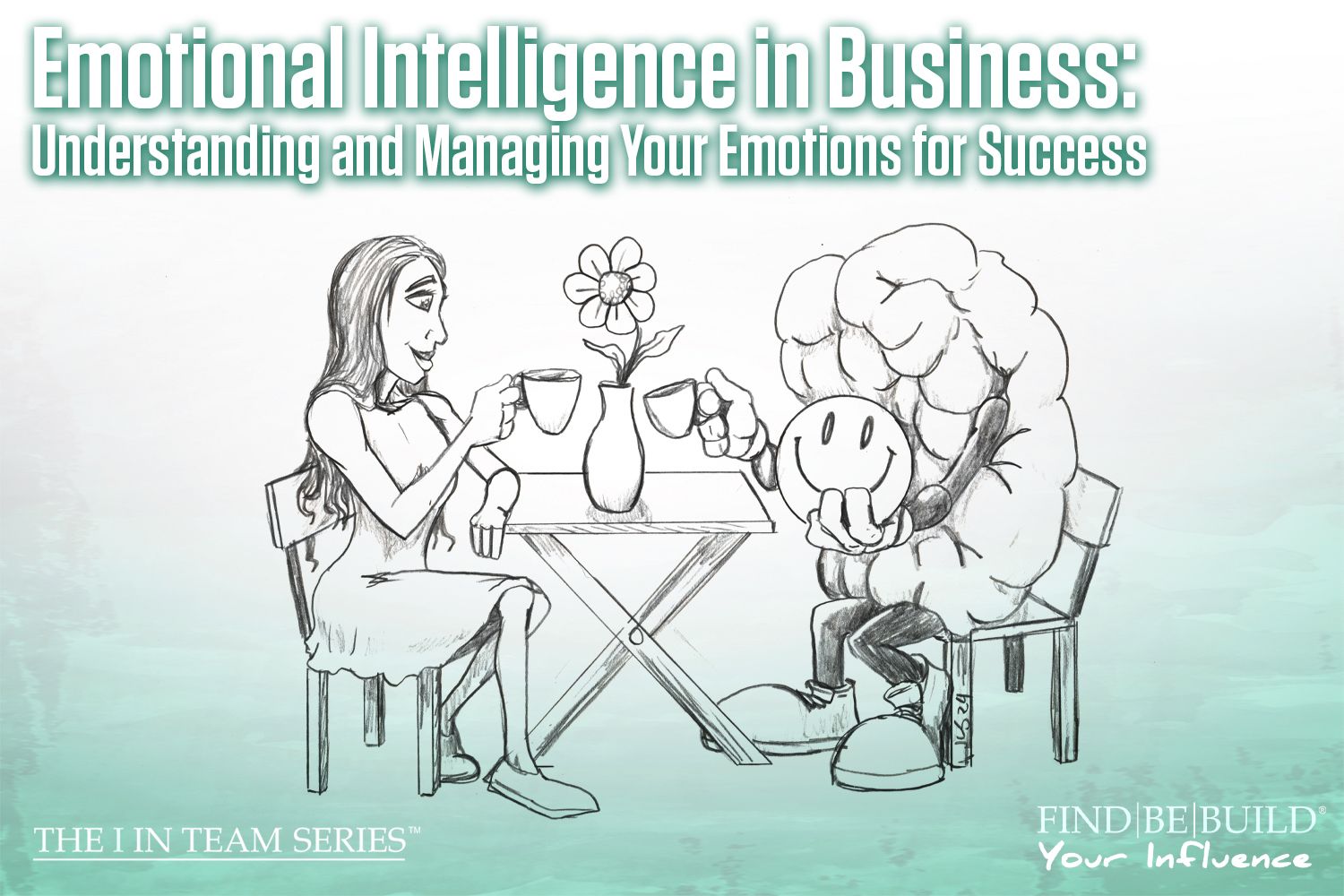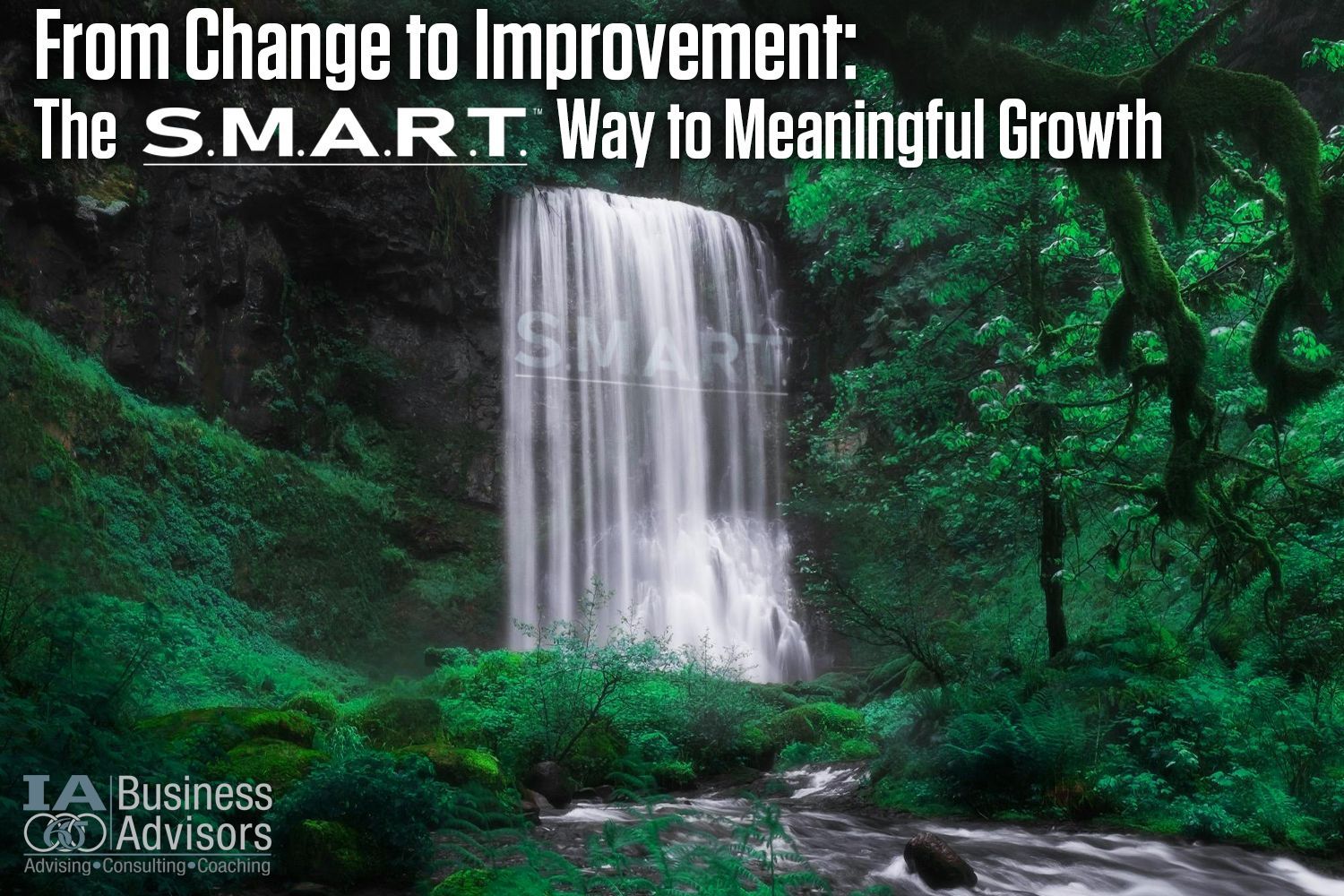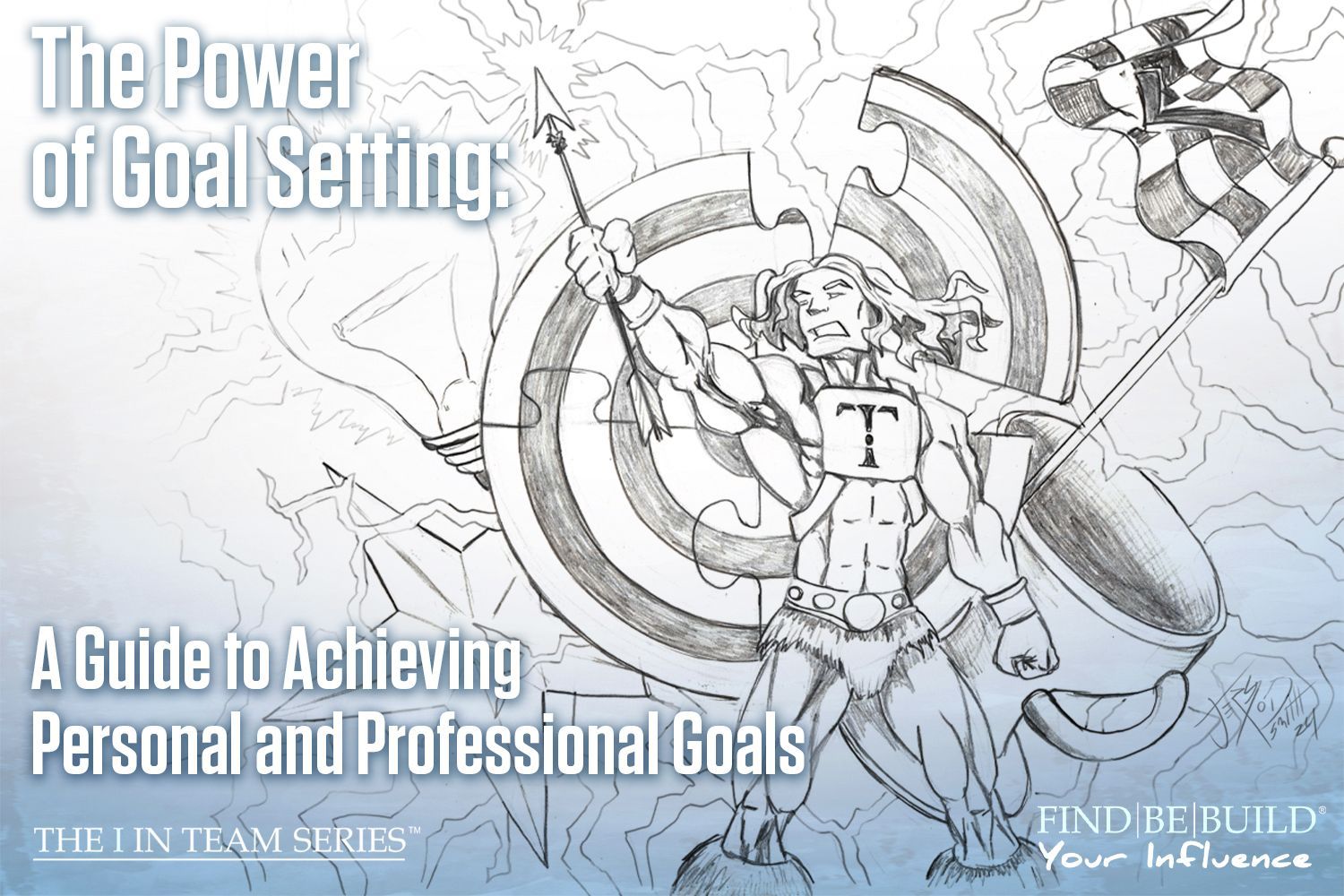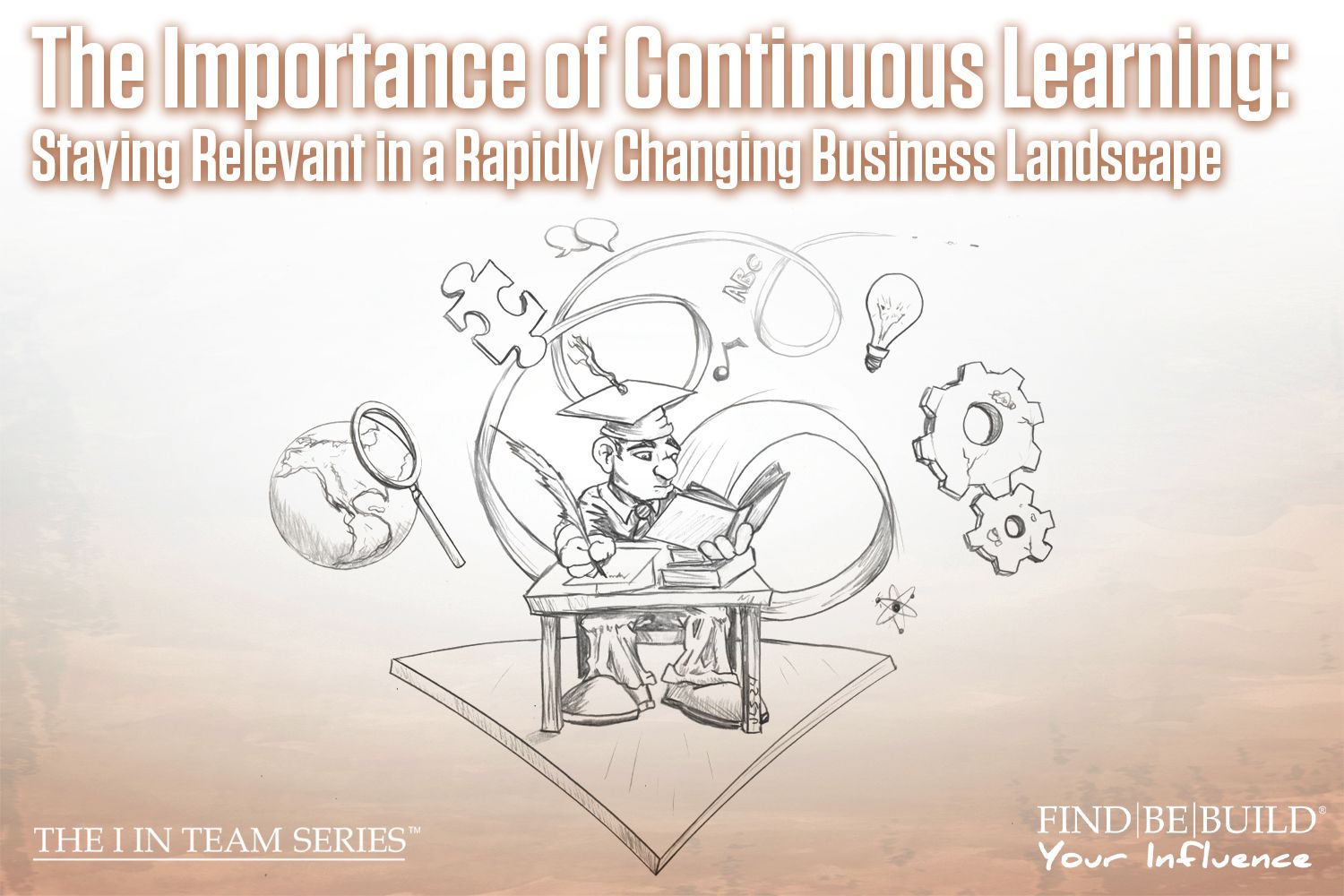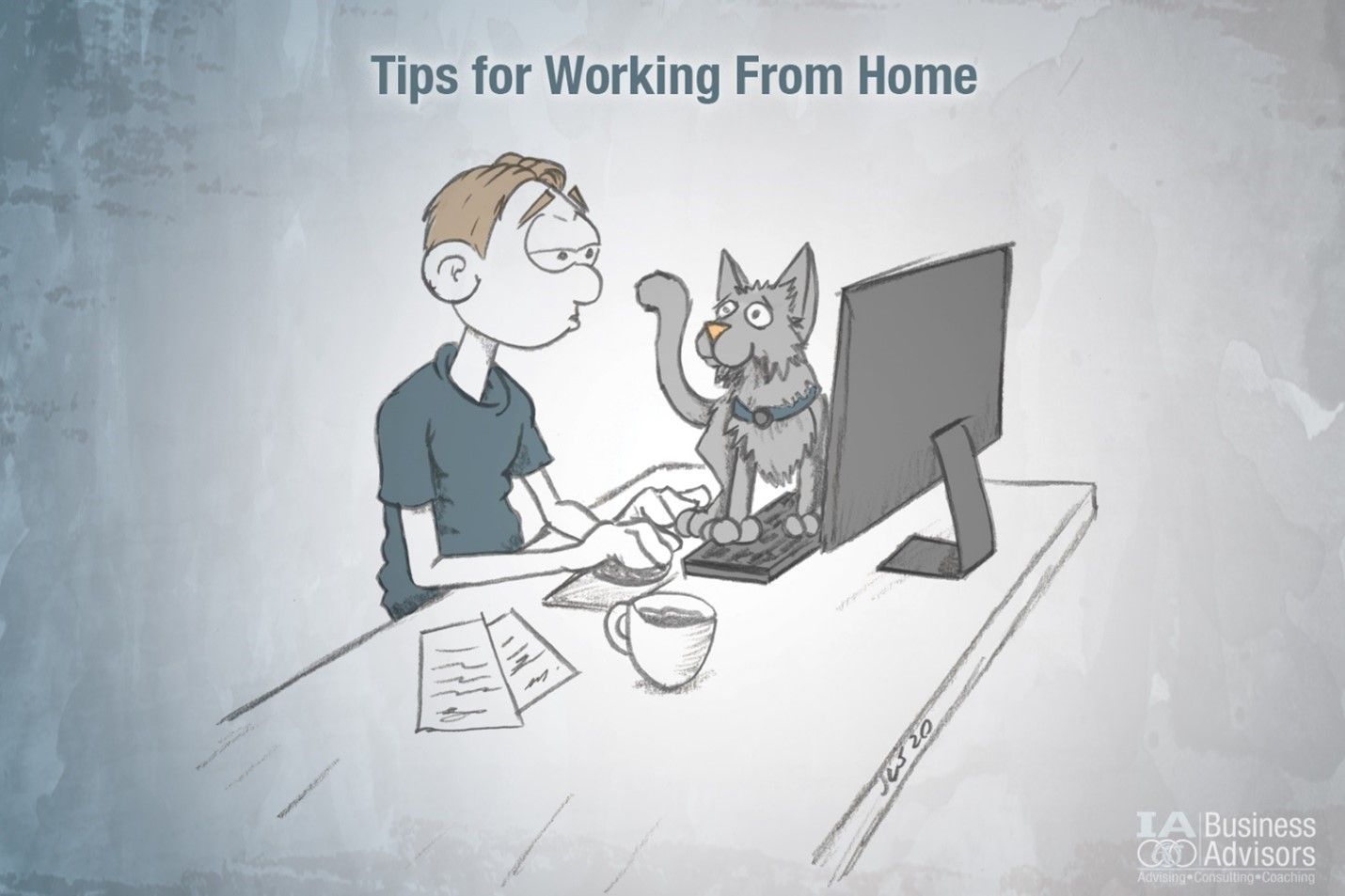The Puzzle of Perception
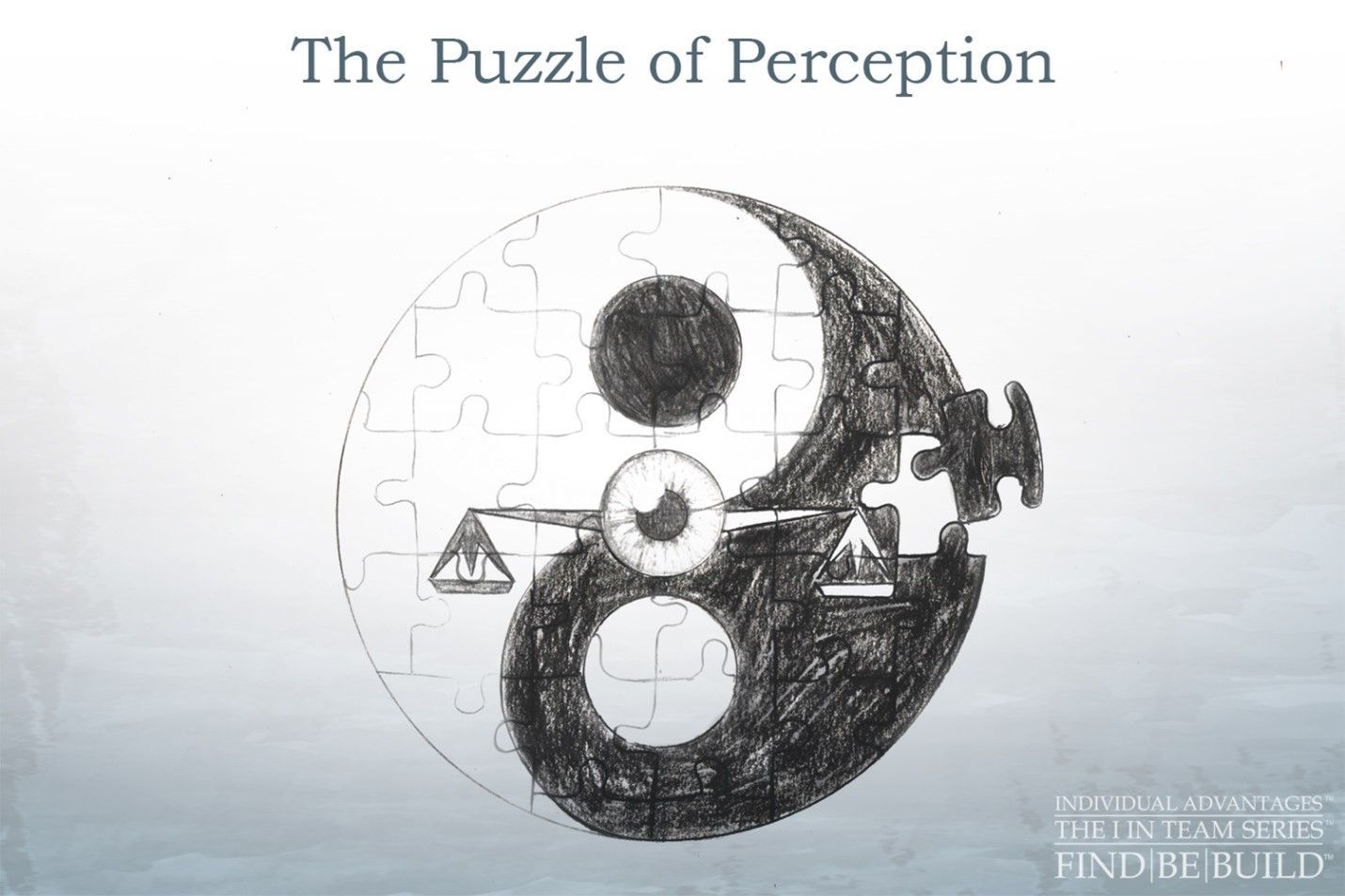
Hi, team! It’s your friend, Mary, with The I in Team series where you can find, be, and build your positive influence. Brian and I were recently in Hawaii with our new publisher (Made for Success) drafting the content for our third book when we had an interesting discussion centered around what it means to understand that the world is “gray.” This “gray” world is rooted in objectivity and pragmatism, as well as the understanding that for everything that exists, the opposite also exists. It became a discussion about the puzzle of perception, how we each perceive the world in vastly different, and perhaps even opposing, ways. While there is no definitive answer to the question, “Who is right and who is wrong?” we are going to attempt to tackle this puzzle so that you can begin to ponder what it means to be objective while remaining confident in your perception.
Four Sides to Every Story
Our discussion started with the idea that there are four sides to every story: 1) Yours 2) the other persons 3) the perception of anyone you tell this story to 4) the truth. The fourth side is the side that caused much debate because “the truth” is nearly impossible to know. Every bit of information that we take in becomes tainted by the lenses through which we see the world (our perception). When we describe our experience, our communication is filtered through these same lenses, which is, again, filtered by new lenses of the person listening to us. We each form our own “truths” based on how we perceive and interact with the world. However, that doesn’t mean that our perception is the “true” perception; there is no way to say what is the “truth” because our mind warps reality to fit with our perception.
Does that mean we are all liars? No, it just means that we need to remain mindful that others may perceive the same situation differently based on their unique lenses. Does this mean that we can’t root ourselves in our own “truths?” No, we can still choose what we anchor ourselves to (our values) and strive to remain consistent in our beliefs through self-reflection and logical reasoning. However, this also means that we need to understand that whatever values we choose to root ourselves in, there are people who will directly oppose us. This is hard to wrap your head around because your mind wants you to believe that your way of perceiving the world is the only way…the correct way.
If you’re interested in reading more about the four sides to every story, click the link to read our blog on IA Business Advisors.
What is Truth?
If we cannot ever be sure of what is true, how do we know what the truth is? Unfortunately, we don’t. The truth we come to terms with in our mind is based on a variety of factors, including trusting others, how well we know ourselves, and our perception. We must put our faith and trust in others that they will tell us their perception truthfully, but we must also understand that their perception is tainted by their personal worldviews. This allows us to remain objective and listen with the intent of learning more about the speaker. Does that mean what you are hearing is wrong? You will have to decide for yourself based on what you know about the person and how much faith you have in their ability to communicate with you honestly.
When deciphering what you will believe to be true, you need to know yourself and understand the lenses that influence your perception. This will be a little difficult as we all have lenses that taint our view that we might not be aware of: bias. Nonetheless, the more you know yourself, the easier it will be to understand how you interpret information. And while it might seem that this writing is trying to confuse you, we only mean to help you understand that there are opposing views anywhere you look and that you must remain mindful of this fact by understanding the nuances of “truth.”
Good vs Bad
This section is going to be quite philosophical and possibly triggering, so I will do my best to explain linearly to aide in supporting the claim that we cannot know the only “truth.” The idea of good and bad is completely subjective, meaning, what one sees as bad another may see as good and vice versa. I’ll use a personal example to help describe what I mean by this. I am vegan and personally believe it is wrong (bad) to kill life; I see doing everything we can to prevent killing life as good, hence why I am vegan. In opposition to me are those who may enjoy hunting, fishing, and eating meat; they do not see taking life that doesn’t belong to them as wrong. So, who is right? Neither of us because we each root in our own values and perceptions of the world. Both ideas exist on the same plane.
Let’s take the example to the extreme and discuss killing humans. Is it okay to kill humans? I would say no, because that is my belief. However, what if we could sacrifice one human to save many, would that make killing okay? Say, for example, if Adolf Hitler had been murdered before taking reign of Germany, his death would have saved six million people (at least). Does that make killing Adolf Hitler (before knowing how truly devastating he was for our world) okay? Is it right to save the many for the few? Additionally, there are laws in place meant to deter us from killing our fellow person. However, we still have war. We still have mass shootings. We still have people on death row, some who are completely innocent. I cannot say for you where the good and bad is rooted in these scenarios because I can only describe how I see the world from my perception, but I challenge you to remain objective and try to come outside yourself to understand the world from new, often conflicting, ways.
If you made it to the conclusion, you probably feel a bit confused and overwhelmed. That’s okay and completely normal. I’m trying to explain concepts that are hard to grasp, hence why our discussion centered around the “gray.” My goal with this writing is to challenge your ego to help you understand that there is more than one way to see the world, and just because you feel you are right doesn’t mean that you are. In the pursuit of growing in your positive influence, challenge yourself to be objective while holding compassion for those who oppose your way of being, thinking, and living. We all exist on this planet together, so the least we can do is be understanding of the diversity of life. In fact, it should be celebrated. Without your opposite, you wouldn’t be able to define yourself; light cannot exist without the dark.
